Two-Toes, replacement heifer from the 2014 calves
Three-Toes, replacement heifer from 2015
And Four-Toes, calved last fall—probably a keeper.
Yes, our name and numbering systems appear to be a little out-of-whack. From the pictures, you would expect that Two-Toes would be number 261. But that couldn’t happen because we already had a Cow 261 in the herd for several years. To eliminate confusion, Two-Toes would have to be Cow 161.
When One-Toe joined our herd as a replacement heifer her number, 5261, was branded on her right rump roast. For purposes of record-keeping, Bill shortened her number to 61. She never had an ear tag because of the branded number; plus, we could always tell who she was by her limp, caused by the amputated toe. Baby calves in our herd are all ear-tagged with the mother’s number to keep track of the family pairs. The lucky heifers who are selected to join the herd as replacement heifers will later have their calf tags removed and a larger cow tag inserted with a new number, using the cow’s number as a base to track the family genetics. Hence, One-Toe’s (Cow 61) daughters are numbered 161, 361 and 461, leaving out 261 as explained earlier.
Here are more pics from the family album:
One-Toe and Two-Toes from fall 2014. Two-Toes is only 2 days old.
Three-Toes from fall 2015
Even though One-Toe and her daughters all spent the winter together in our pasture, a family group picture was just not possible. Although I did miss a Kodak moment late one afternoon when I returned from walking and all three Toe Sisters were at the stock tank getting a drink. Four-Toes was lapping water from the running hydrant, a trick I think she learned from Two-Toes! Unfortunately, I didn’t have my camera.
The Toe Sisters all have One-Toe’s gentle nature and, with the exception of Three-Toes, will eat range cubes from our hands. Three-Toes likes these nutritious treats but, so far, prefers to eat hers on the ground. But we’re working on that!
Speaking of range cubes, I’ve always wondered why they’re called “cubes” when they’re actually cylindrical or pellet-shaped.
I researched this question and found an image of some cube-shaped range cubes, called “cakes,” but most were like those shown above. Never found an answer to my question so the issue will remain one of the great mysteries of farm life! Whatever the name or shape, these protein supplements are a handy training and gathering method: Once our cattle are introduced to these treats, if Bill puts some in a plastic bucket and shakes it, they will follow him anywhere. It’s much gentler and less stressful than herding or driving from behind to get them where you want them to go.
Bill is undecided about whether or not to keep One-Toe. She’s about 12 years old and more susceptible to diseases such as anaplasmosis, a bacterial infection that attacks the red blood cells, causing loss of appetite, weakness and anemia. If not caught early and treated, the animal eventually dies. Unfortunately, we have lost three cows to this disease but now keep a closer watch for symptoms.
There is also the issue of One-Toe’s lack of mobility. Sometimes she struggles but still seems to get where she wants to go. She wouldn’t bring much in the culled cow market. That said, she was bred in January and would calve this fall. She’s a good mom and raises great calves. She could even have another heifer, Five-Toes!
Whether or not One-Toe remains with us or is culled after spring weaning, we still have her daughters, the Toe Sisters.

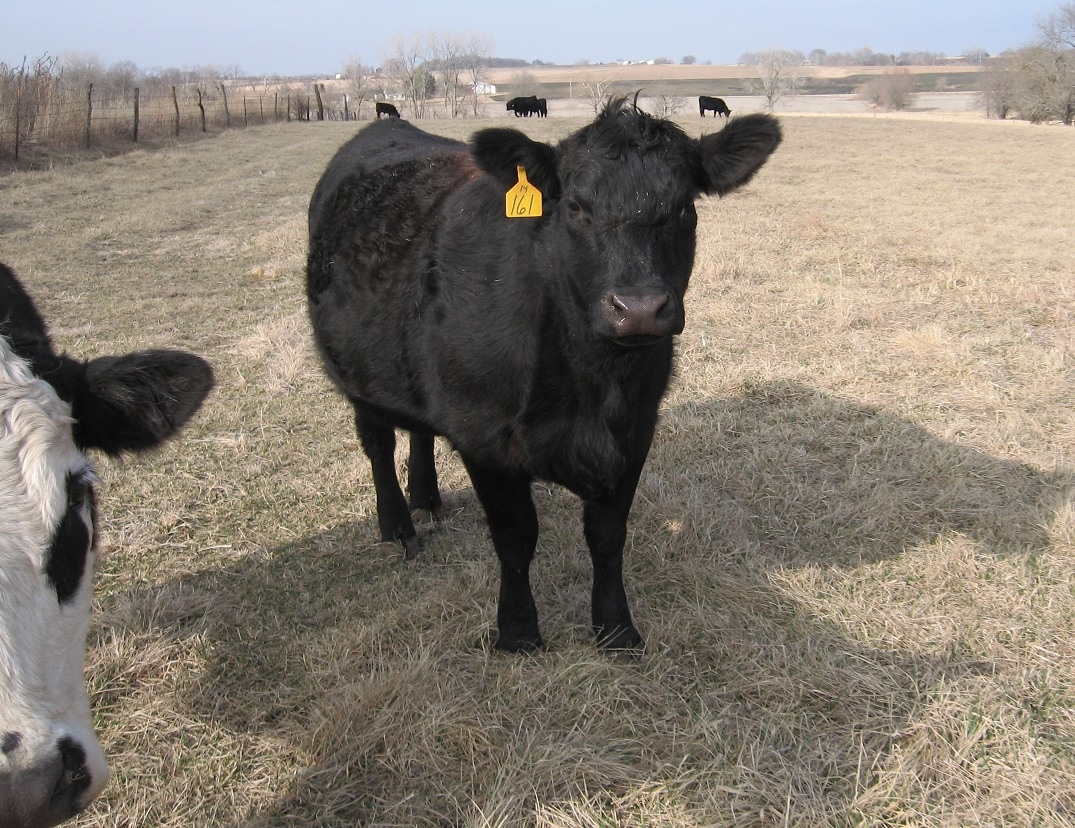
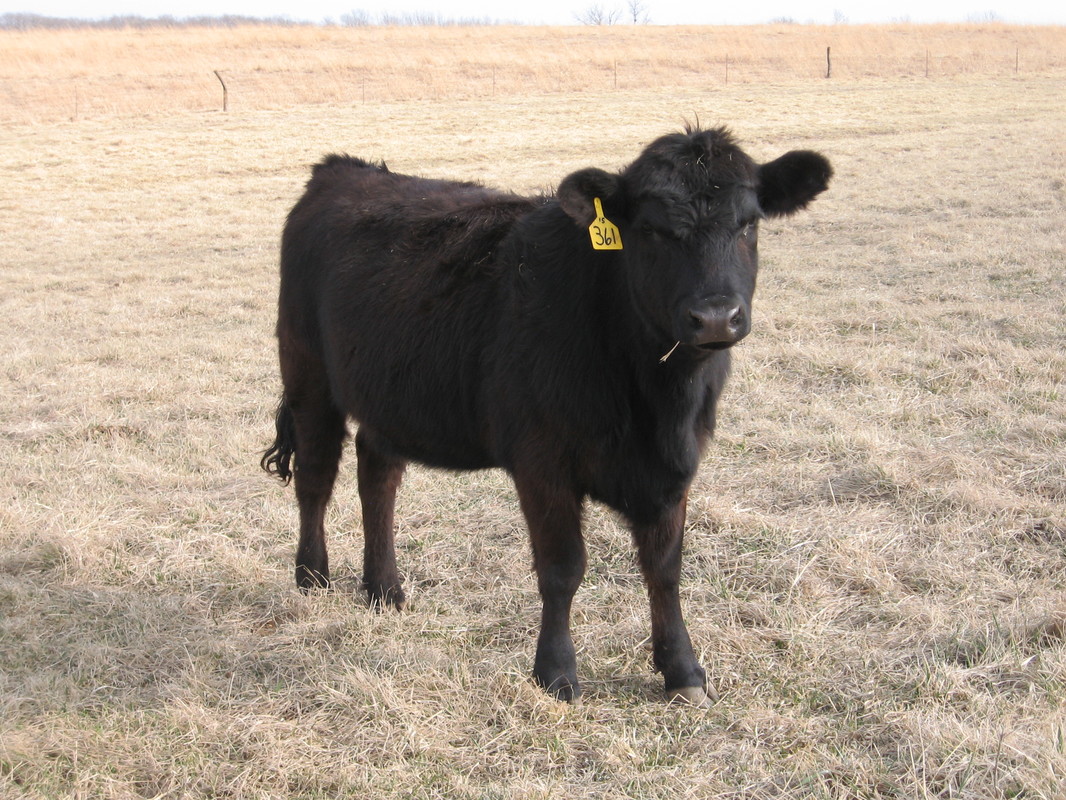
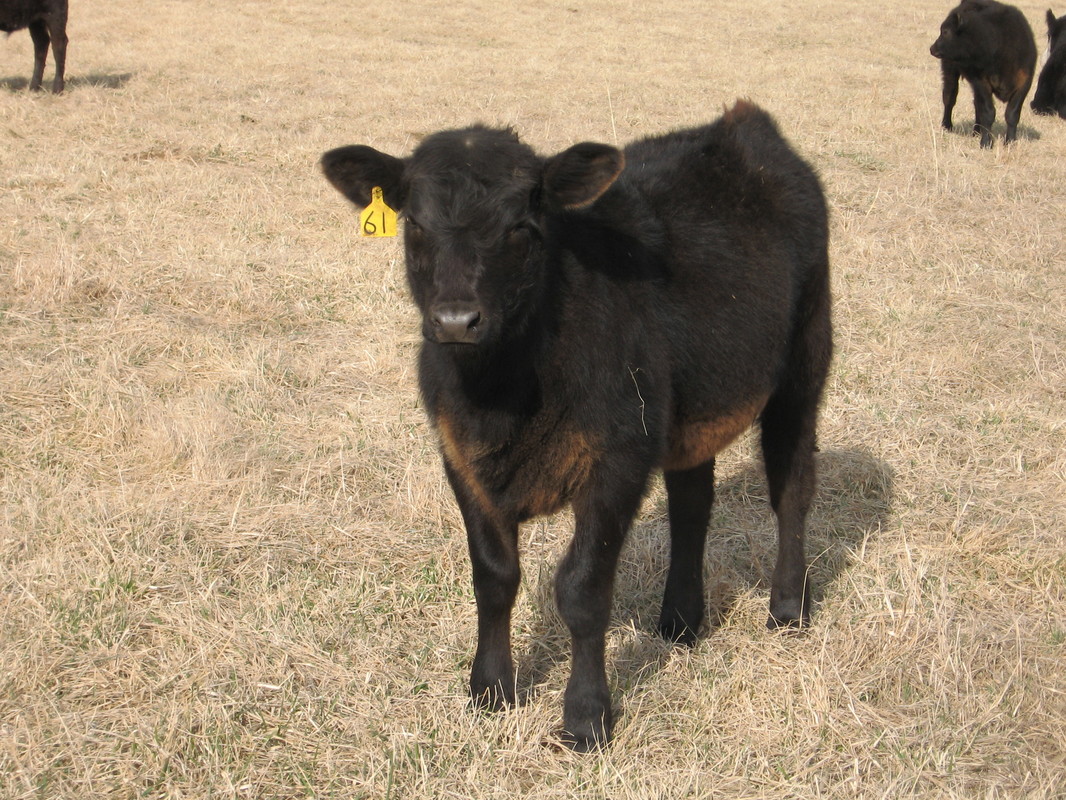
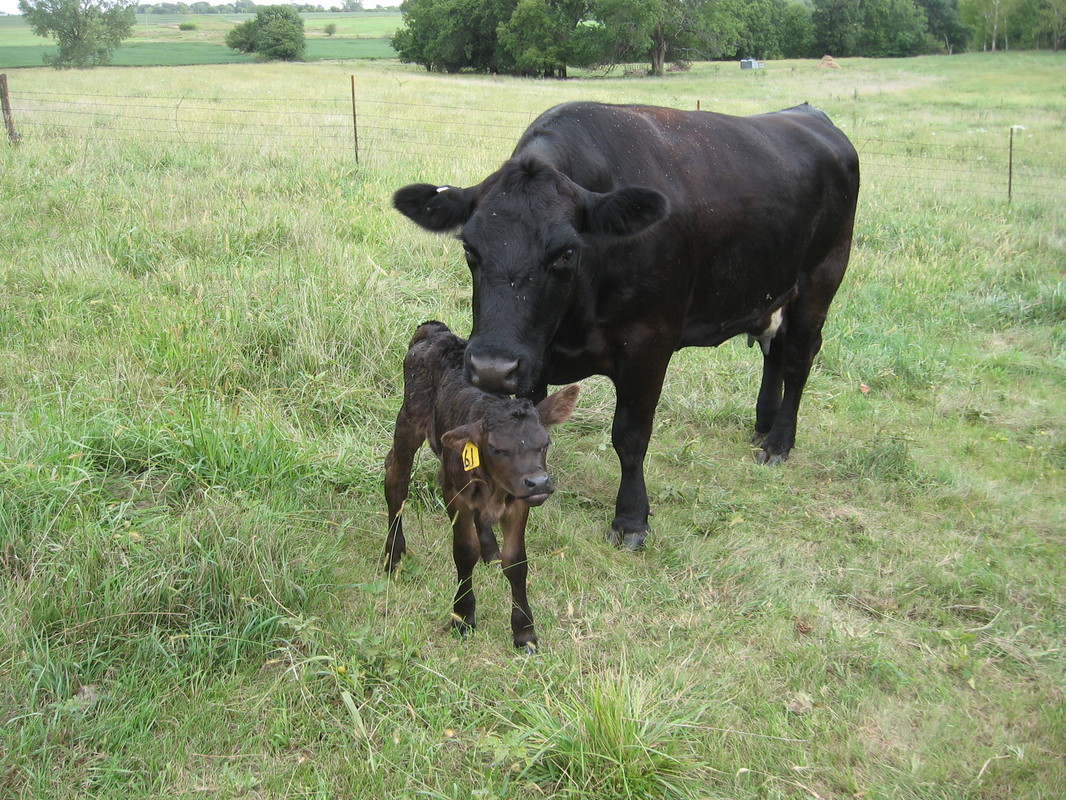

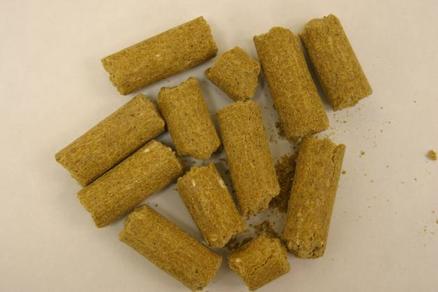

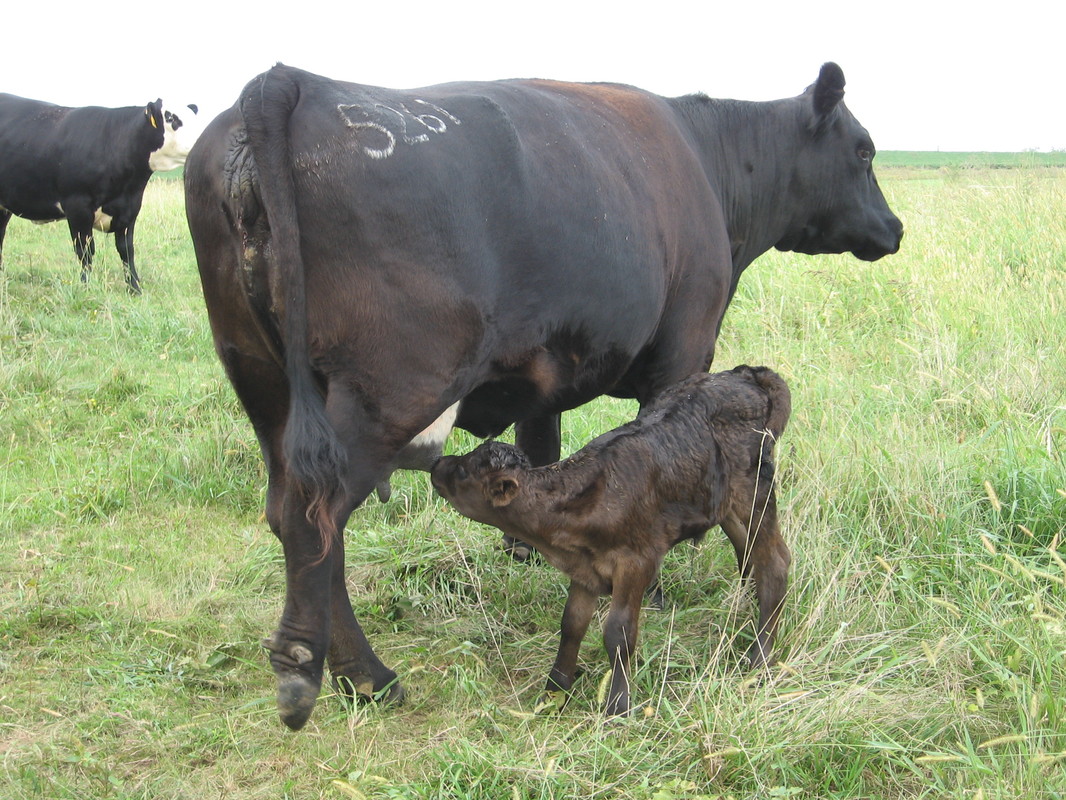


 RSS Feed
RSS Feed